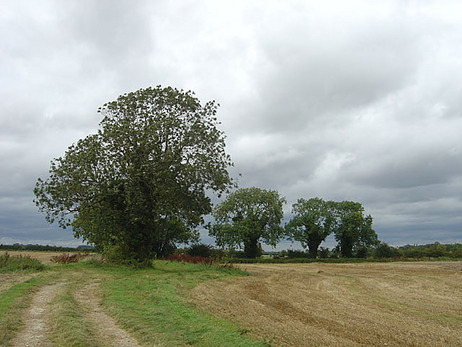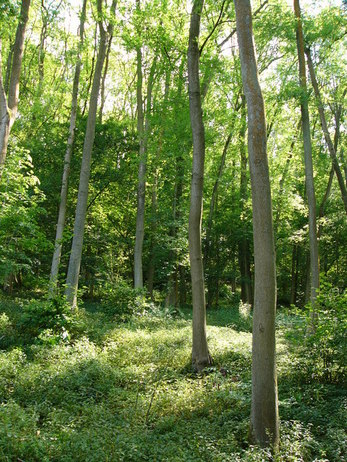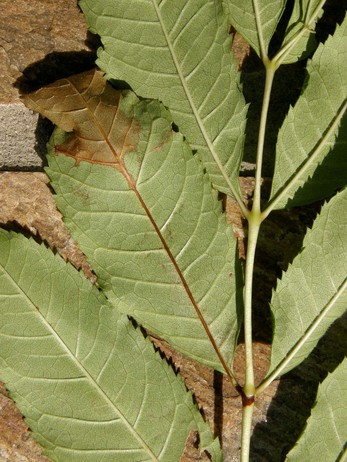Facebook Games Fights Killer Fungus
Published Sep-19-13Breakthrough:
A crowdsourced project that’s using a social media computer game to combat a killer tree fungus.
Company:
Biotechnology and Biological Sciences Research Council (BBSRC), United Kingdom
The Story:
 When it comes to biological emergencies scientists need all the help they can get. Faced with a potential epidemic, the need for answers and strategies is crucial, yet sometimes the snail-like pace that science advances is a hindrance.
When it comes to biological emergencies scientists need all the help they can get. Faced with a potential epidemic, the need for answers and strategies is crucial, yet sometimes the snail-like pace that science advances is a hindrance.That is definitely the feeling among scientists across Europe who are trying to stop the spread of ash dieback, a killer fungal disease threatening the UK’s woodlands. Up to 80 million trees could be affected by a fungus called Chalara fraxinea.
To find out how the fungus spreads, scientists have to look at its genetics. They are also studying ash tree genetics to locate genes that confer resistance to the disease. The work involves a lot of information, more than researchers can handle.
Halting Fungal Spread
So they have enlisted the help of members of the public through a Facebook game. The hope is that this move will speed up the response to the disease.
Fraxinus is a Facebook puzzle game where users solve onscreen combinations to help find a solution that will stop the fungus in its tracks.
The game is fun and engrossing and involves gamers matching and rearranging patterns of colored leaf shapes which represent “nucleotides” – the letters that constitute genome sequences. According to the game’s backers people are much better at this than computers as the human eye can recognize patterns the machines might miss.
“Computer power alone is not the answer to making the most of our data,” said Dr. Dan MacLean who conceived the idea.
“An awful lot of human expertise and knowledge has to be poured on top and with this game we can start to include the non-specialist.”
The scientists have said that top gamers who make significant contributions to the project may have their names published in scientific articles.
Speeding Up The Scientific Response
This new computer game is part of a wider crowdsourcing response to the disease funded by the UK’s Biotechnology and Biological Sciences Research Council (BBSRC). There is also the OpenAshDieBack website where genetic data from affected and unaffected hosts and the pathogen can be downloaded and interrogated by anyone no matter where they are in the world.
As of late 2013, Ash dieback has already caused widespread damage to trees across continental Europe. For example, Denmark claims it has lost an estimated 60% to 90% of its ash trees. Some trees have survived the attack, raising the hopes that future woods could be populated by these trees. But that may not be enough. Tackling the fungus at the genetic level may help to ensure long-term security.
If successful in stopping Chalara fraxinea, this crowdsourced social media initiative may provide a template for future initiatives to tackle scientific emergencies such as outbreaks caused by a previously unknown agent. And even if it failed, the lessons learned would be invaluable. They could feedback into future crowdsource projects that benefit from having the input and wisdom of the many rather than the few.
Next Story »



